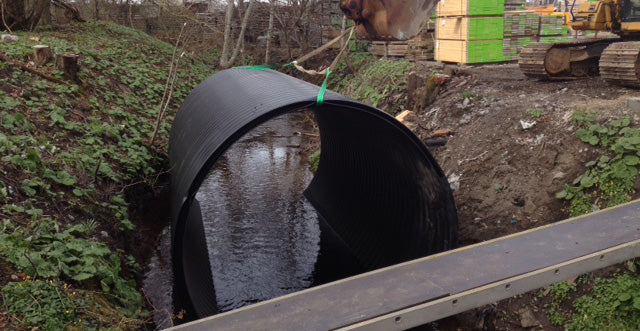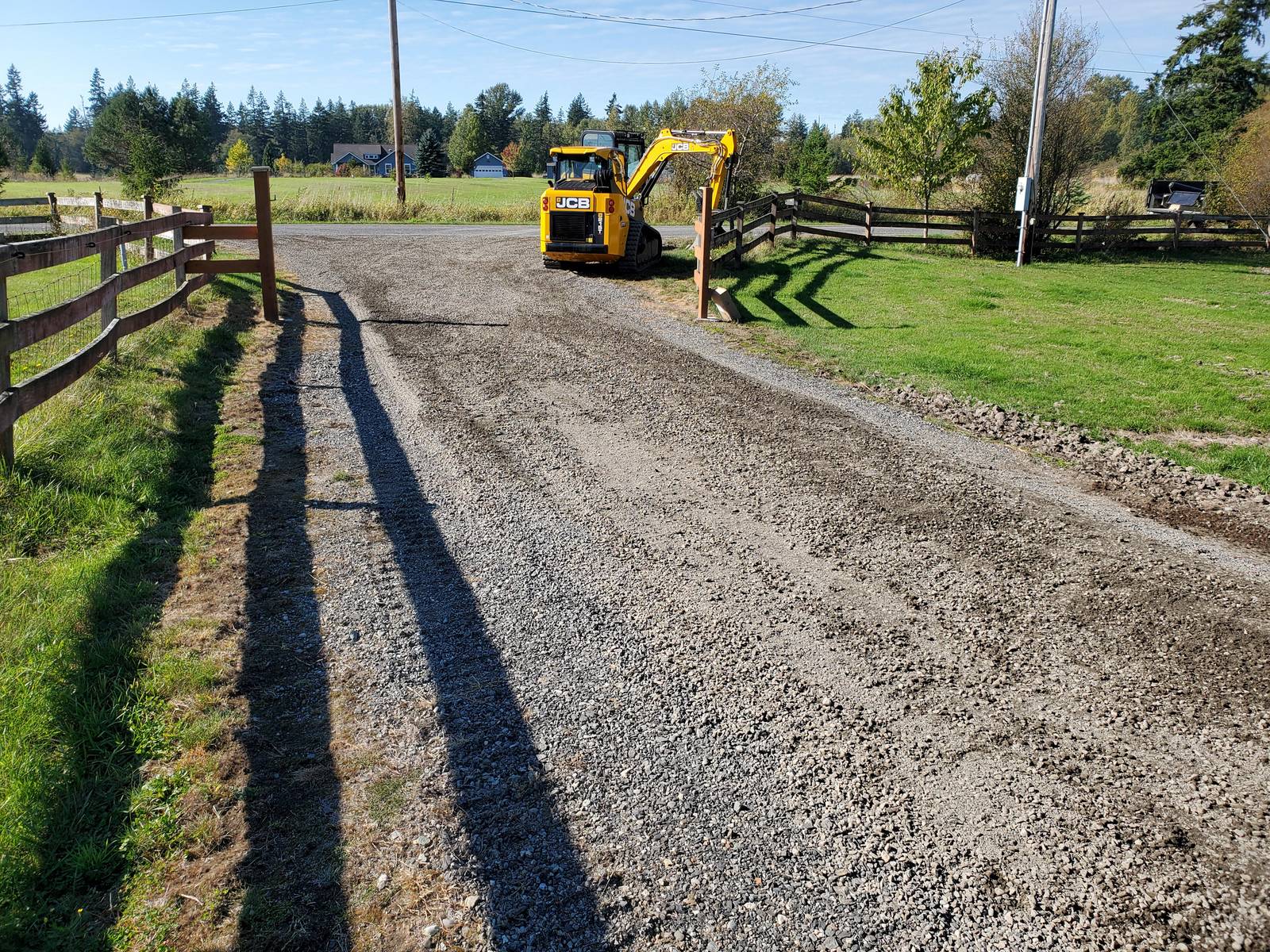Culvert Setup Made Easy: Step-by-Step Guide for Success
Installing culverts might feel like an uncomplicated job, yet making certain an effective result needs mindful preparation and execution. From selecting the appropriate culvert dimension to incorporating proper drain steps, each step in the installment procedure plays an essential role in the capability and durability of the culvert system. By following a systematic technique and focusing on essential information, the setup can proceed efficiently, lessening potential issues down the line. Stay tuned to reveal the crucial steps and considerations that can make culvert setup a seamless and effective undertaking.
Choosing the Right Culvert Dimension
Selecting the suitable culvert dimension is essential for making certain efficient water circulation and architectural integrity in culvert installation jobs - Pad Construction. The dimension of the culvert directly affects the circulation ability of water via the structure. A culvert that is also small can lead to flooding and overflow, while one that is as well large might cause lowered water speed, potentially causing debris accumulation and clogs
To determine the appropriate culvert size, aspects such as the watershed location, peak flow prices, and hydraulic performance requirement to be meticulously taken into consideration. Calculations based on these criteria help in choosing a dimension that can adequately deal with the anticipated water volume while decreasing the risk of blockages and structural failure.
It is crucial to seek advice from design standards and criteria to make certain that the picked culvert size satisfies the job demands and regional guidelines (Pad Construction). By picking the best culvert dimension, task supervisors can maximize water circulation, protect against possible problems, and improve the overall efficiency and durability of the culvert setup
Preparing the Installation Website
Efficient culvert installment necessitates thorough preparation of the setup website to ensure ideal architectural assistance and functionality. Before beginning the installation process, it is critical to remove the website of any particles, greenery, or blockages that could hamper the culvert's positioning.
Moreover, it is very important to think about elements such as soil composition, groundwater levels, and environmental influences when preparing the installment site. Carrying out a thorough website evaluation can aid determine any potential obstacles or threats that might affect the culvert's efficiency. By putting in the time to prepare the setup site appropriately, you can help ensure an effective culvert setup that fulfills structural requirements and ensures lasting functionality.
Positioning the Culvert Correctly

The quality at which the culvert is put is critical for maintaining a proper slope for water flow. A steady incline aids protect against merging and advertises reliable water drainage. In addition, the culvert should be oriented properly to make certain that the inlet and outlet are in the appropriate areas. This alignment is necessary for the culvert to function effectively in managing water circulation.
Backfilling and Condensing the Soil
Proper backfilling and compaction of the dirt around the culvert is important to make certain stability and avoid possible problems in the future. Once the culvert is appropriately put, the following vital step is to backfill the location around it with ideal material. The backfill product must be totally free from rocks, particles, and raw material to avoid damages to the culvert. It is recommended to utilize granular product such as sand or gravel for backfilling, as it gives great drainage and compaction buildings.
After putting the backfill product, it is essential to portable it in layers of consistent thickness. Utilizing a compactor or a mechanical tamper, compact the dirt gently to prevent damaging the culvert. Compaction assists in reducing the possibilities of settlement and makes sure consistent support around the culvert. It is vital to compact the see page soil evenly on all sides of the culvert to maintain its structural integrity.
Proper backfilling and compaction not only give security to the culvert however likewise help in protecting against dirt erosion and preserving the long life of the culvert system.
Guaranteeing Appropriate Drain Integration
Integrating reliable water drainage options plays an important function in the total performance and durability of culvert installations. Correct water drainage combination is necessary for handling water flow, stopping disintegration, and guaranteeing the architectural stability of the culvert system. To accomplish this, it is vital to develop a detailed water drainage plan that takes into consideration variables such as the volume of water expected, the topography of the area, and the kind of soil existing.

In addition, integrating functions like disintegration control procedures, such as riprap or greenery, can further enhance the efficiency of the drainage system. By thoroughly intending and carrying out these water drainage services, culvert installations can operate effectively and withstand the examination of time.
Final Thought
To conclude, proper culvert installation is crucial for maintaining efficient drain systems. By choosing the ideal culvert size, preparing the installation site, putting the culvert correctly, backfilling and compacting the soil, and guaranteeing proper drainage assimilation, success can be attained. Complying with these you could check here steps will certainly help guarantee the durability and efficiency of the culvert, eventually adding to the overall success of the drain system.